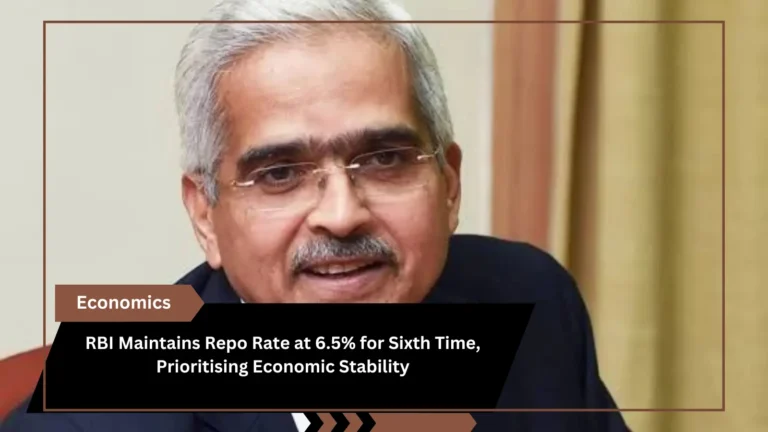The Indian Interim Budget for 2024 prioritizes the Ayush sector with increased funding, highlighting the government’s commitment to holistic healthcare. Significant rises in establishment expenditure and central sector schemes underscore efforts to advance traditional Indian medicine and bolster administrative capabilities. This surge in funding aims to catalyze research, improve healthcare delivery, and preserve cultural heritage in medicine.
The interim budget for 2024 by the Indian government indicates a significant rise in funding allocation towards the Ayush industry (Ayurveda, Yoga & Naturopathy, Unani Siddha, and Homoeopathic system of medicine). With regards to money, the plan of governing bodies for providing Indian traditional medicine and holistic lifestyle practices is evident from their increase in funding Ayush programs.
Analysis of the budgetary allocations indicates the following key points
- Establishment Expenditure of the Centre
- Financial backing for the Establishment Over time, there has been a noticeable rise in the Center’s expenditures, especially in areas relating to Ayush.
- Over the past four years, the establishment expenditure of the Centre has exhibited a consistent upward trajectory. Beginning at 65.25 crores and reaching 90.41 crores, this marked increase of approximately 38% underscores a significant commitment to enhancing administrative capabilities.
- The Pharmacopoeia Commission for Indian Medicine and Homoeopathy (PCIM&H), the National Medicinal Plants Board, and the Secretariat have all seen notable increases in their allocations. These rises indicate a determined attempt to improve administrative capacities, which are essential for successfully carrying out Ayush projects.
- Central Sector Schemes/Projects – Ayush
- The budgetary allocations for Central Sector Schemes of Ayush have witnessed fluctuations but overall show a substantial increase.
- Some programs exhibit notable fluctuations, such as the Promotion of International Cooperation, which saw a sharp decline in the revised 2023–2024 budget before increasing in the planned 2024–2025 budget. This variation can be the result of shifting tactics or priorities in attempts at international collaboration.
- On the other hand, programs such as the Ayurswasthay Yojana have experienced a notable increase in financial resources, suggesting a greater emphasis on advancing health and wellness campaigns within the Ayush industry.
- The Central Sector Schemes of Ayush have increased in budget overall, demonstrating the government’s strong commitment to advancing Ayush-related programs and initiatives.
The sharp rise in the budgetary allowances for the Ayush sector indicates that the government understands how traditional Indian medicine contributes to overall health. The government intends to further improve the research, accessibility, and infrastructure in Ayush with increased funds so that people can be equipped with alternative healthcare.
The interim budget proposed for 2024 represents a tactical move that aims to meet various administrative needs as well as healthcare delivery priorities. Improving governance effectiveness is also one of the objectives to be achieved by giving priority to administrative efficiency and developing the Ayush sector. This is further supported by the fact that India has a deep cultural background, therefore such an increased focus on traditional medicine could be seen as part of adhering to and preservation and popularization of indigenous knowledge systems.
Overall Positive Trend
The total central sector budget in the Ayush domain reflects an upward trend from ` 283.59 crores during the first year to 377.2 crores over the fourth year of the implementation period. This overall increase shows that the government is determined to support traditional health care and protect herbal plants.
Recommendations for the Future
- Strengthening Research and Development: Since there is a huge investment in PCIM&H, adding more strength to the research and development of traditional medicine can help get long-term benefits for innovation in healthcare.
- Optimizing Resource Allocation: It also becomes clear from the variations of particular Ayush scheme budgets, that there is a need for periodic scrutiny and assessment. This would guarantee an optimal utilization of resources making these funds in line with the changing priorities within health care.
- Transparent Communication: Communication of the reason for variation in scheme-specific budgets would create more transparency. This would increase transparency and enable a better understanding of how the government sets its priorities in Ayush-centric projects.
Potential Impact
The increase in budgetary appropriations for administrative functions and the Ayush sector is predicted to lead to a major change in health care delivery as well as governance effectiveness. Improving administrative capacity will institutionalize government processes, lead to better service delivery, and promote more accountability. At the same time, Ayush sector support will not only encourage holistic healthcare practices but also help to generate employment and economic growth besides preserving traditional knowledge systems.
In the future, going further with Ayush sector development and growth means that there has been a great commitment from the government in question. Through well-placed investments and cohesive partnerships, India wants to become a world leader in holistic healthcare that will address the multifaceted healthcare needs of its citizens but preserve her cultural practices as far as medicinal practice is concerned.
Finally, it can be concluded that the government’s move to double its budget allocations for Ayush initiatives in fiscal year 2024-25 is a watershed moment on India’s path of giving preference towards comprehensive healthcare and accepting traditional healing methods. As more resources and concerted efforts are made, the nation is set to fully utilize Ayush as a holistic approach to wellness that has eliminated health disparities among people for years into the future.





















+ There are no comments
Add yours